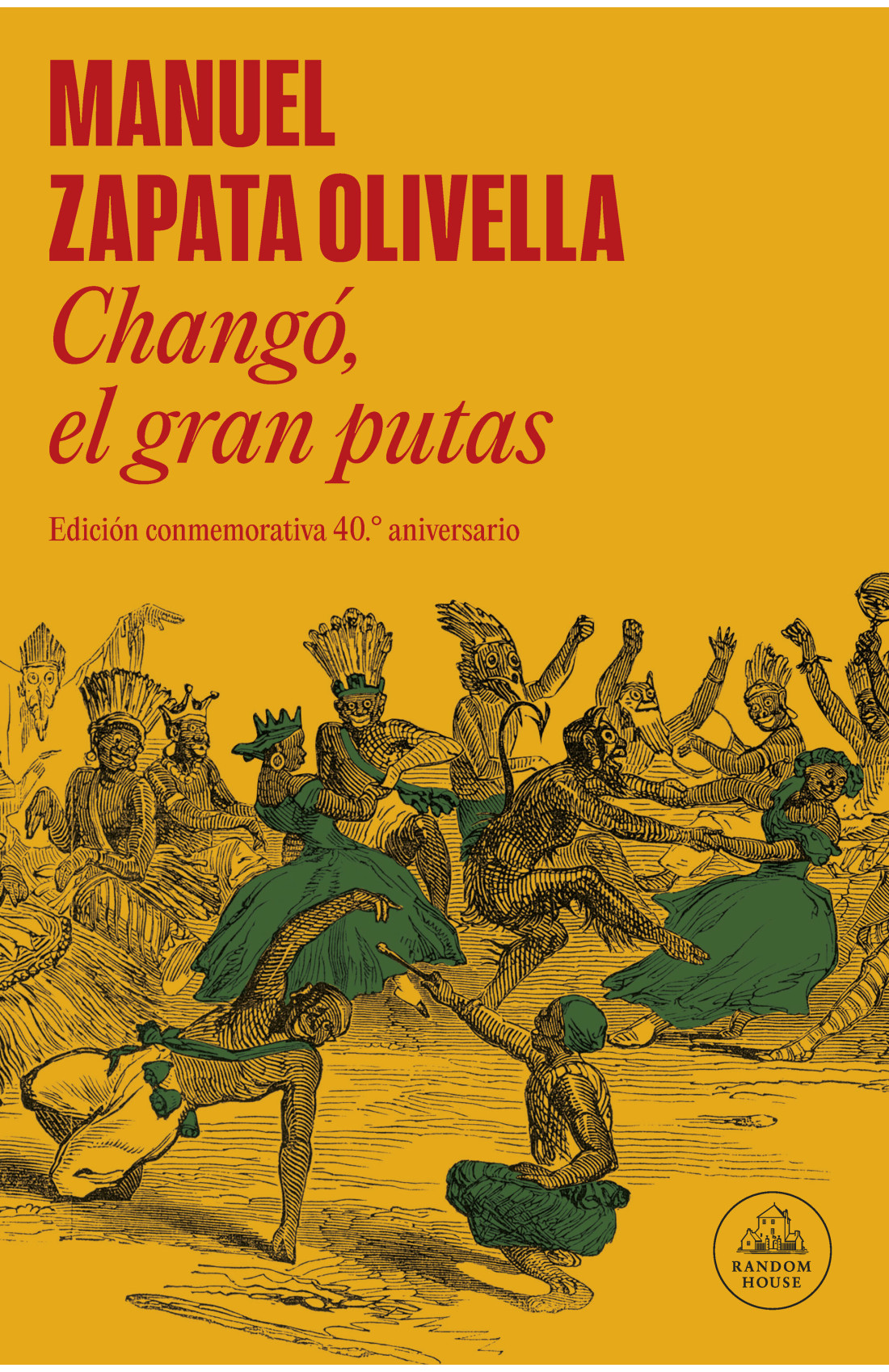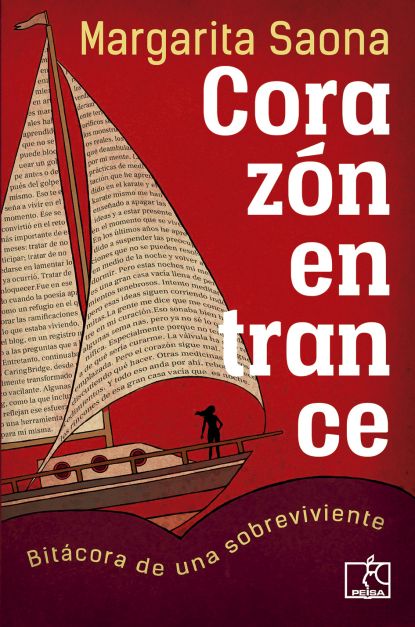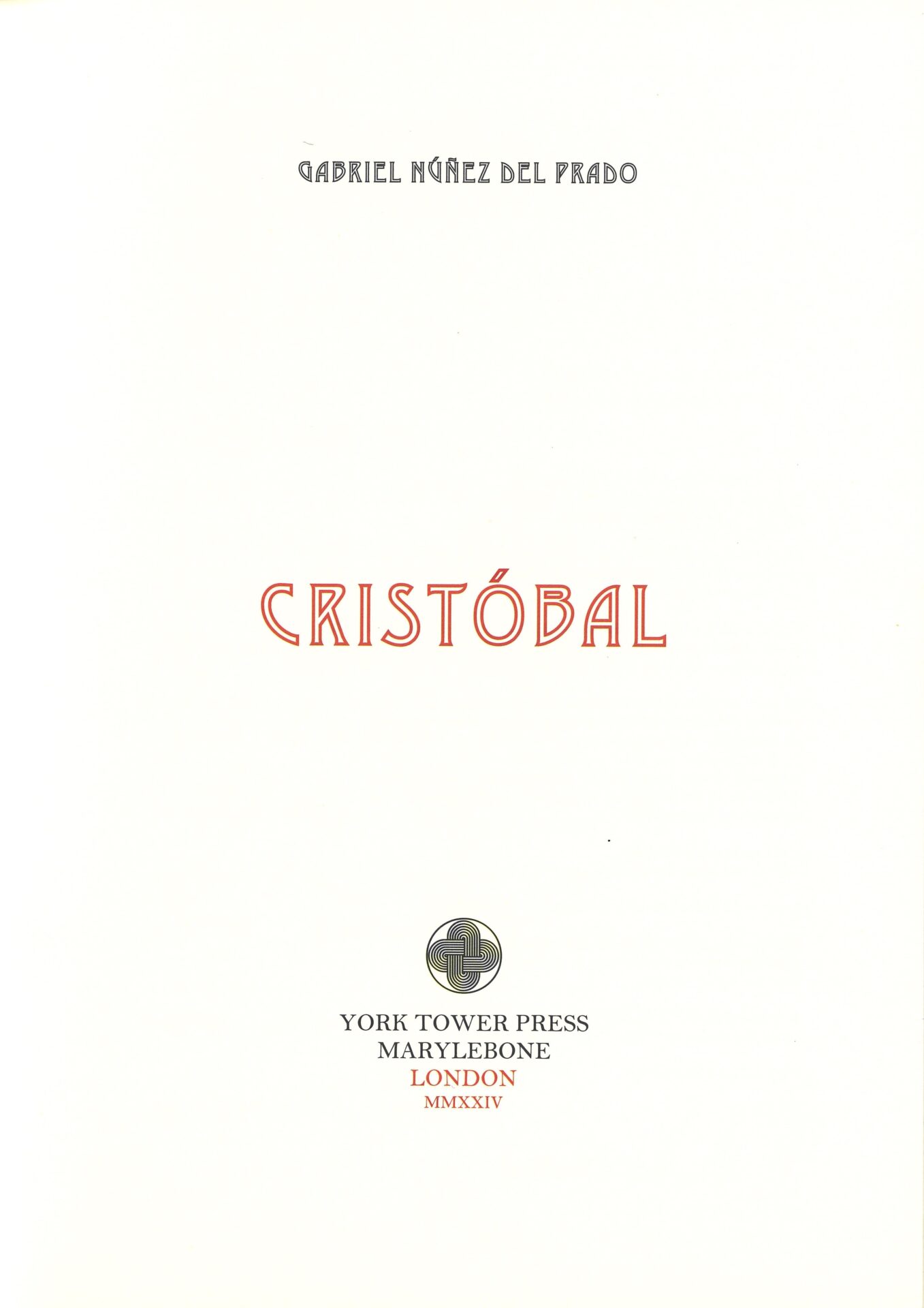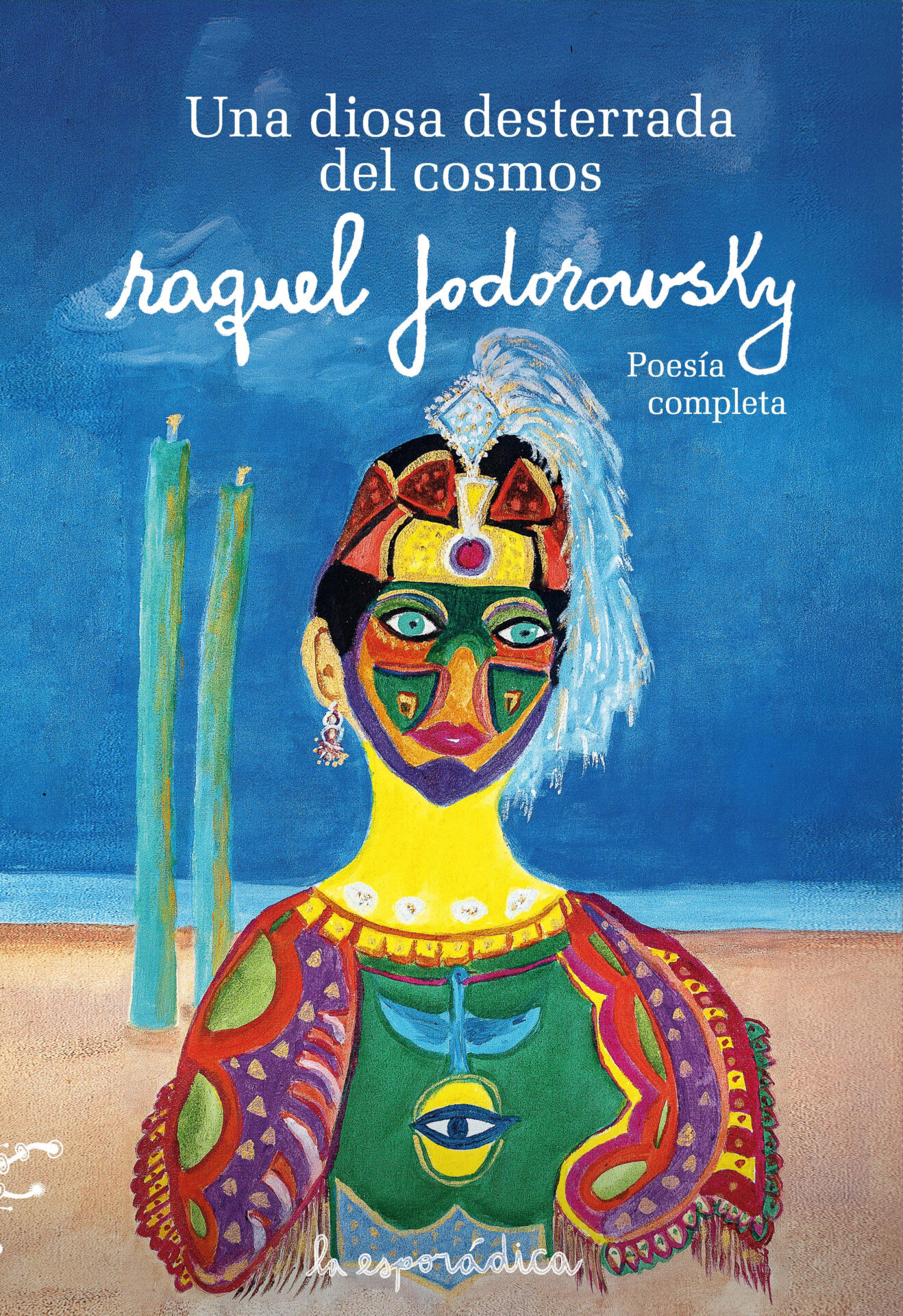Córdoba, Argentina: Alción Editora. 2021.
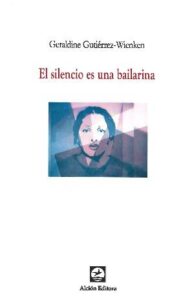 With an evocative and unique title in the form of an aphorism, El silencio es una bailarina has been published in a new revised edition. Its poems will not leave the reader unmoved, as they delve deeply and invite reflection. It seems as though the collection sketches, with subtle, measured strokes, an entire cartography and geography of existence through which thoughts and worries wander while being resolved by the poems’ concise, enigmatic, and evocative language.
With an evocative and unique title in the form of an aphorism, El silencio es una bailarina has been published in a new revised edition. Its poems will not leave the reader unmoved, as they delve deeply and invite reflection. It seems as though the collection sketches, with subtle, measured strokes, an entire cartography and geography of existence through which thoughts and worries wander while being resolved by the poems’ concise, enigmatic, and evocative language.
Its author, Geraldine Gutiérrez-Wienken, was born in Guayana City, Venezuela in 1966 and resides in Heidelberg, Germany. She is a poet, translator, and editor who completed her doctoral studies in German philology at the University of Heidelberg. She has published the poetry collections Espantando elefantes (1994), Con alma de cine (2007), and Castañas de confianza (2013). She is also the translator of Hilde Domin’s Canciones para dar aliento (2018) and Inge Müller’s Que no me asfixie de hacer tanto silencio (2021), as well as the editor of several poets’ works.
The quotations that open this volume of poetry are quite significant: namely, those of Vicente Gerbasi, Maurice Blanchot, Edmond Jabès, Giorgio Agamben, and Ida Vitale. These quotations dialogue with her verses and in the spaces in which silence is the protagonist, setting the scene for the collection’s development.
The book gathers thirty untitled poems, numbered from I to XXX, followed by two texts designated “Partituras bogotanas [Carrera 13/ Calle 63].” These are temporally-sequenced phrases marked from 5:00 a.m. until 8:32 a.m. that narrate a stroll through the streets on a rainy day while “se me vienen tantas cosas a la cabeza” [so many things come to my mind], in the poet’s words. Additionally, “Maneras de provocar pequeños incendios [Manual de primitivos auxilios],” composed of minimal lines that begin with hyphens. These two final texts appear as if they were epilogues. The edition concludes with “Fuentes,” which presents a personal bibliography of consulted sources.
Beginning with the first text in this volume, the poet warns us: “El relato es corto. Cortísimo. El silencio de la naturaleza se renueva como la sed (…) La exigencia de un sentido. Banalidad y sed. Infinita sed de contar estrellas. Sin paradero” [The story is short. Very short. The silence of nature renews itself like thirst (…) The imperative of the senses. Banality and thirst. An infinite thirst to count the stars. Location unknown]. This is a declaration of intent that the poet offers as she embarks upon a pursuit that warns us and tries, with its words as a beacon, to enlighten us and guide us through a wilderness teeming with both trees and characters.
In the book’s final poem, she highlights the metaphor for life that aligns so well with the title, El silencio es una bailarina: “En la espera siempre estamos/ en movimiento/ y danzamos porque no entendemos/ por qué las estaciones desaparecen/ por qué el cascanueces de los sueños.” [In waiting we are always/ in movement/ and we dance because we do not understand/ why the seasons disappear/ why the nutcracker of dreams]. As Néstor Mendoza writes in the final paragraph of the back cover:
La poeta, gracias a su contacto de dos lenguas (casi como decir dos mundos), ha logrado una propuesta expresiva basada en la extrañeza, en la perplejidad rizomática de lo que se nombra por primera vez. Lo que tenemos frente a nosotros es una presencia provocadora, en apariencia inconexa, capaz de extraer otras asociaciones de apreciable riqueza.
[The poet, thanks to her contact with two languages (which is akin to saying two worlds), has attained an expressive proposal based on strangeness, on the rhizomatic perplexity of that which is named for the first time. What is before us is a provocative presence, seemingly disjointed, that is capable of extracting other appreciably rich associations.]
Geraldine Gutiérrez-Wienken’s poetry is provocative; it evokes a sort of longing and leaves us expectant. Her writing responds to a journey through existence, through which her voice travels in constant dialogue with other voices, such as Persephone’s, with authors she echoes, such as Saint Teresa, and, among others, artists including Louise Bourgeois, Barbara Suckfüll, Anna Selbdritt, and Anne Carson. She also names
Goethe, Kafka, Da Vinci, Thomas Bernhard… who serve as characters whom the poet inserts between her lines in winks that are true homages. Her poems seem to flow from her return from travels abroad, taking shelter in the “room of her own” in which she shapes them and gives them substance.
The cities of Bogotá, Berlin (Poem VIII: “Si oyes tu idioma en Bogotá o en Berlín. Camina/ sereno junto a él/ [If you hear your language in Bogotá or in Berlin, Walk/ serene next to him/]) and Salamanca (Poem XVIII: “Recorriendo los pasillos de la Universidad de Salamanca/ vi por primera vez un globo celeste un/ mapa esférico.” [Walking the corridors of the University of Salamanca/ I saw, for the first time, a celestial globe, a/ spherical map]) are present in these verses as personal—but poetic—revelations.
The collection has memorable poems such as III: “Indefensas se han ido las tragedias autoanexando” [Helpless, they have continued self-affixing tragedies]; or XVII: “Mi casa es un árbol de cabeza” [My house is an upside-down tree]. There are also enduring lines such as “Mujeres que a la sombra venden invisibles ramilletes de lirios…” [Women who, in the shade, sell invisible bouquets of lilies]; “A donde van mis ojos me topo con él” [Wherever my eyes go I run into him]; and, among others, “Los pájaros con mi danza en todos los sentidos/ contrarios” [The birds with my dance in all opposite/ directions].
The poet disrupts syntax and punctuation, enveloping everything with a surrealist touch within which nature breathes: “el ginkgo biloba”; “franja de aves migratorias” [fringe of migratory birds]; “efecto de loto” [the lotus effect]; “árboles de mango” [mango trees]; “grullas de papel bajo un castaño” [paper cranes beneath a chestnut tree]; “cipreses callados” [silent cypresses]; “el sigilo de la naturaleza” [the stealth of nature]. Where there is no sound, only “sigilo” [stealth], “silencio” [silence]; “sed de naturaleza” [the thirst for nature]. This style of expression employs numerous poetic devices, among them ellipses, creating mystery and fostering reflection.
This book was skillfully edited and includes a meaningful cover illustration by Alfonso Suárez-Kurz. Geraldine Gutiérrez-Wienken writes therapeutic poetry in which experience and the dialogue it initiates are essential requirements. Her poems are threads that bind this collection, in which silences are presences and not absences. She heals our dreams with words, and, to that end, she employs the fullness of nature and the power that words possess. She expresses that power and plenitude with language that is intriguing, subtle, and different—almost strange—in which the worries that belong to everyone are encrypted.

